What Is The Difference Between Cover Letter And Resume?
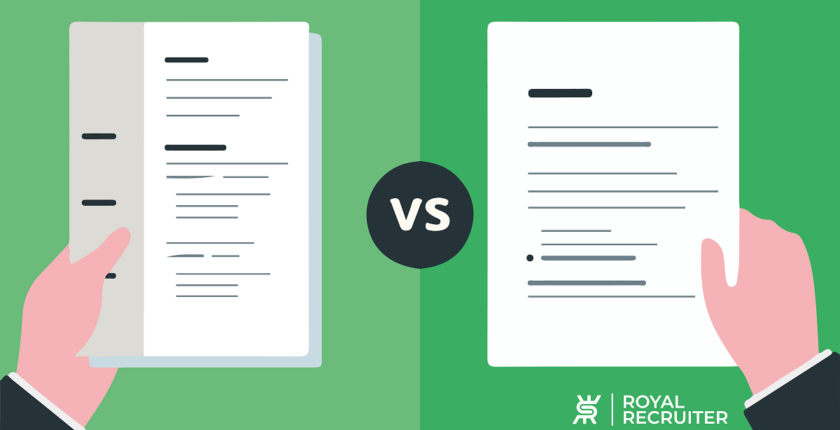
Are you preparing for jobs? Then you must know What Is The Difference Between Cover Letter And Resume? These two documents will impact your job search the most.
When applying for a job, a cover letter and a resume are both important documents that you need to submit. While both of these documents are essential for a job application, they serve different purposes and are used in different ways.
A resume provides a summary of your education, work experience, skills, and accomplishments, while a cover letter is used to introduce yourself to the hiring manager and explain why you are a good fit for the job.
In this article, we will discuss the differences between a cover letter and a resume, as well as tips on how to write a cover letter and resume effectively.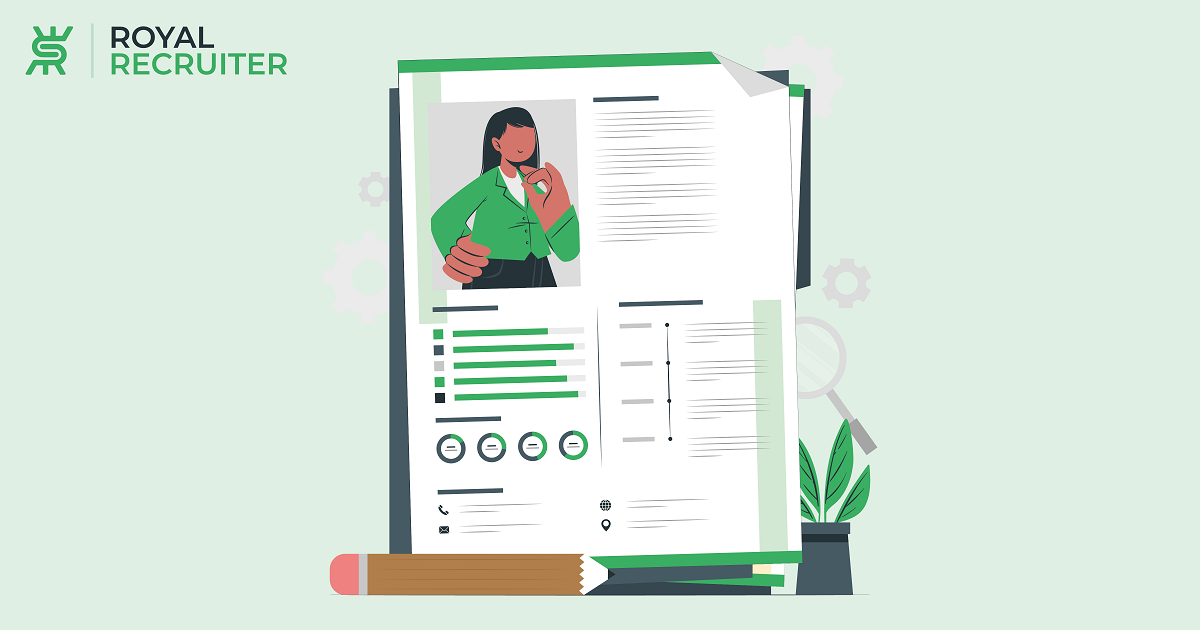
Definition of a Resume
A resume is a document that provides an overview of your qualifications, including your education, work experience, and relevant skills. It is typically one or two pages long and should be clear, concise, and easy to read.
The purpose of a resume is to give the hiring manager a quick overview of your qualifications and to highlight your most important qualifications and experiences. It should be tailored to the specific job or industry you are applying for and should use keywords and phrases that match the job requirements.
Definition of a Cover Letter
A cover letter also known as an application letter is a document that accompanies your resume and is used to introduce yourself to the hiring manager. It provides more detail than a resume and gives you the opportunity to showcase your personality and enthusiasm for the position.
A cover letter is typically one page long and should be written in a professional and persuasive tone. It should provide specific examples of how your qualifications and experiences match the job requirements and should address any specific qualifications or experience mentioned in the job posting.
Resume vs. Cover Letter
While a resume and cover letter are both important in the job application process, they serve different purposes and are used in different ways. A resume is a document that provides a summary of your qualifications and is meant to give the hiring manager a quick overview of your qualifications, while a cover letter is used to introduce yourself to the hiring manager and explain why you are a good fit for the job.
A resume should be clear, concise, and easy to read, highlighting your most important qualifications and experiences, while a cover letter should be written in a professional and persuasive tone, providing specific examples of how your qualifications and experiences match the job requirements.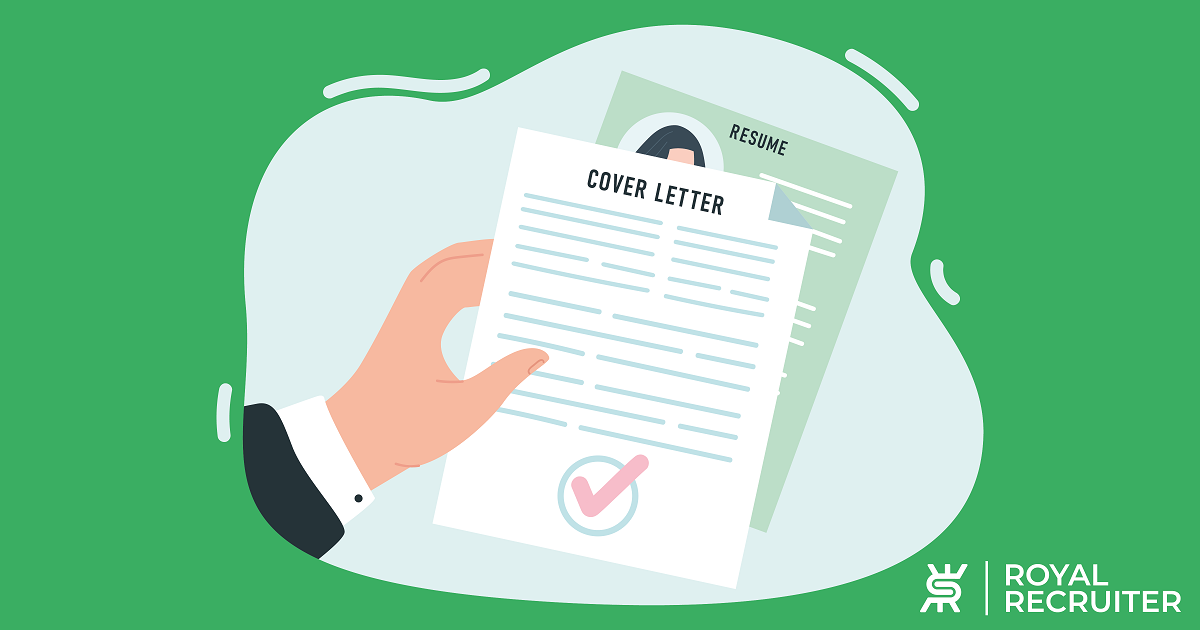
When To Use A Resume And Cover Letter
When applying for a job, it’s crucial to understand the significance and the difference between a cover letter and a resume. A resume is a document that highlights an applicant’s qualifications, education, work experience, and skills, and it’s often the first thing that a hiring manager will read when reviewing an application.
On the other hand, a cover letter is an accompanying document that introduces the applicant to the hiring manager, where they can elaborate on their qualifications and explain why they would be a suitable fit for the position.
When deciding to include a cover letter, it’s essential to understand that it’s not always required, but it’s highly recommended to include one if requested by the employer or if it’s necessary to supplement the information provided in the resume.
A cover letter gives an applicant a chance to expand on their qualifications and qualifications and to demonstrate their enthusiasm for the job, whereas a resume provides a summary of an applicant’s qualifications and skills.
Overall, a resume is a mandatory document that should be included in every job application. At the same time, a cover letter is a document that provides an opportunity to elaborate on qualifications and suitability for the role.
It should be included only if requested or necessary to supplement the information in the resume. Together, both documents provide a complete understanding of an applicant’s qualifications and how they could be an asset to the organization.
So, Is the purpose of a resume to get you hired? Yes, not only a resume; both the cover letter and resume’s goal are to get a candidate hired.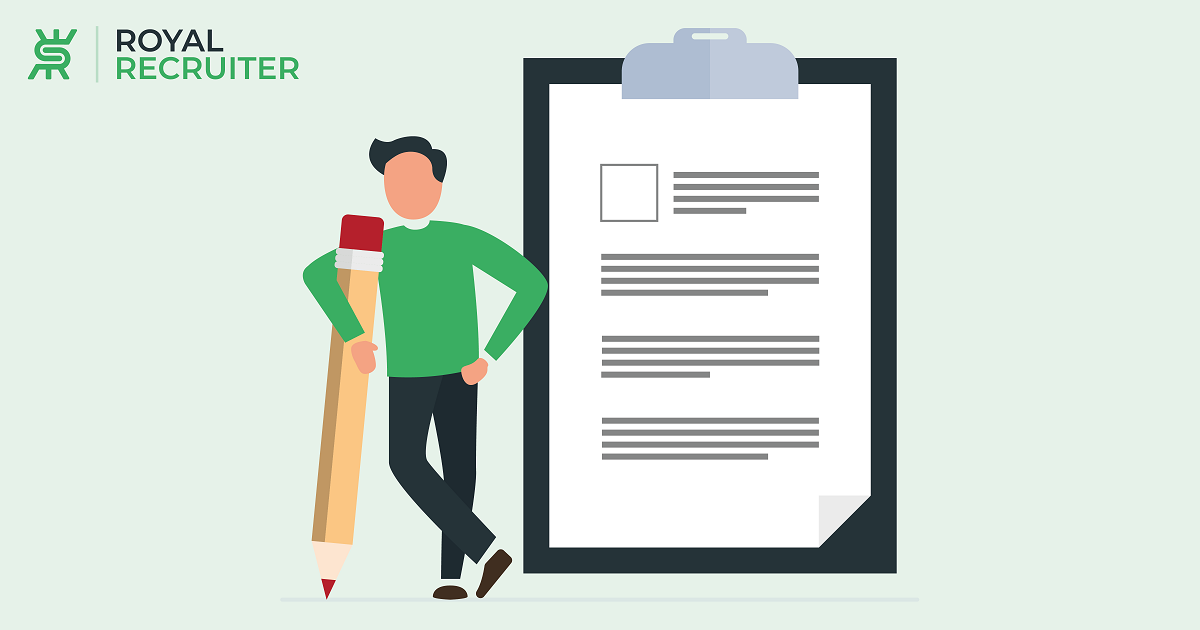
Tips for Writing a Resume
Tailor your resume to the specific job or industry you are applying for.
Use keywords and phrases that match the job requirements.
Highlight your most important qualifications and experiences in your resume.
Use bullet points to make your resume easy to read.
Proofread and edit your resume for spelling and grammar errors.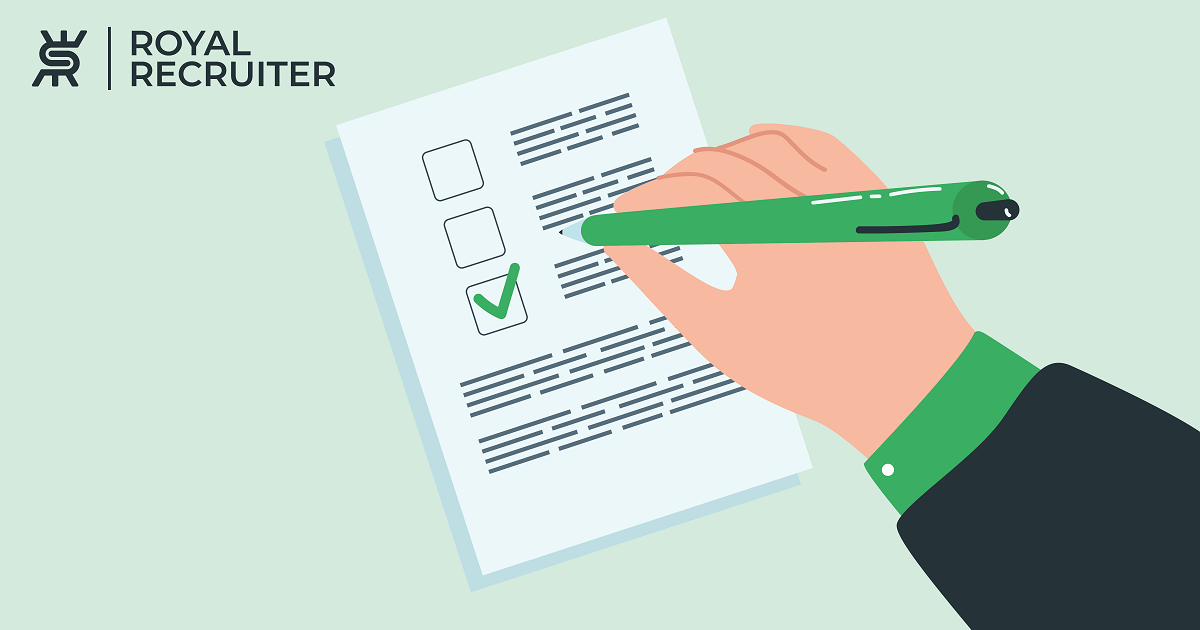
Tips for Writing a Cover Letter
Tailor your cover letter to the specific job or industry you are applying for.
Use a professional and persuasive tone.
Provide specific examples of how your qualifications and experiences match the job requirements.
Address any specific qualifications or experience mentioned in the job posting.
Proofread and edit your cover letter for spelling and grammar errors.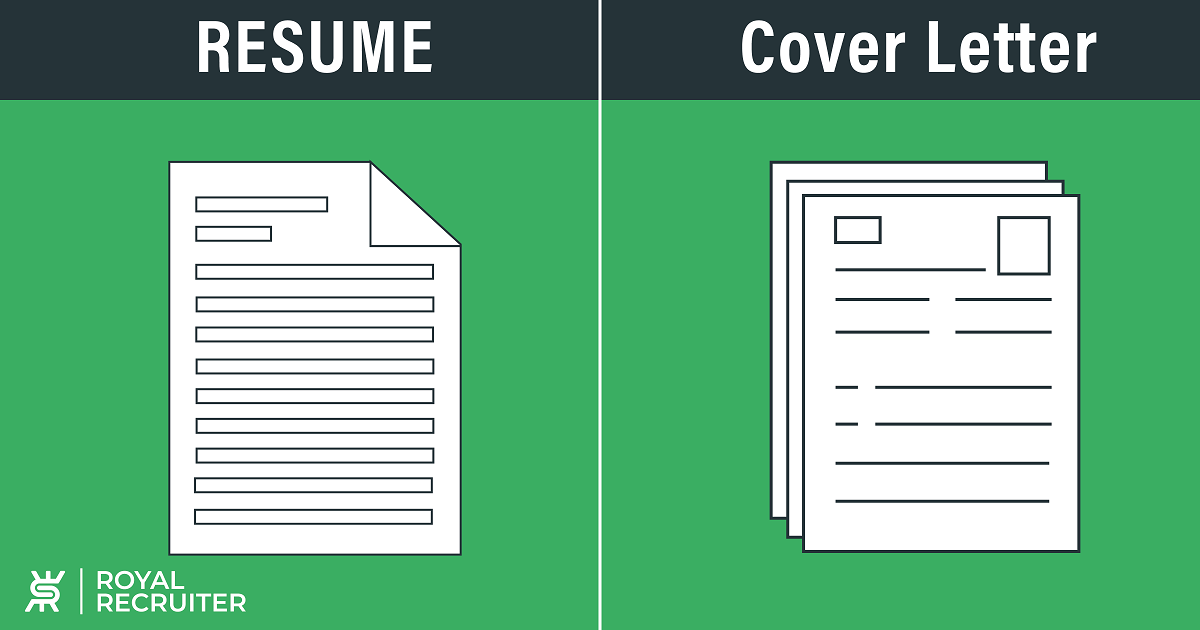
Resume vs. Cover letter Formatting
The format of a resume and a cover letter is slightly different, as they serve different purposes and are intended for different audiences.
A resume is a document that summarizes education, experience, skills, and accomplishments. It is typically one or two pages long and is used to show potential employers’ qualifications for a job. The format of a resume should be clean and easy to read, with clear headings and sections.
Here are some common sections that are typically included in a resume:
- Contact information (name, address, phone number, email)
- Summary or objective (a brief statement about qualifications and what is being looked for in a job)
- Work experience (a list of past jobs, including the job title, company, dates of employment, and a bullet-point list of responsibilities and accomplishments)
- Education (a list of degrees and any relevant coursework
- Skills (a list of relevant skills, such as proficiency in a particular programming language or experience with a specific type of software)
Cover letters, on the other hand, are typically one page long and are used to introduce yourself to a potential employer and to explain why the person is the right fit for the job. A cover letter is usually sent along with a resume, but in some cases can be sent on its own.
The format of a cover letter should be professional and should be tailored to the specific job and company to which the person is applying.Top Writing Job jobs near you




